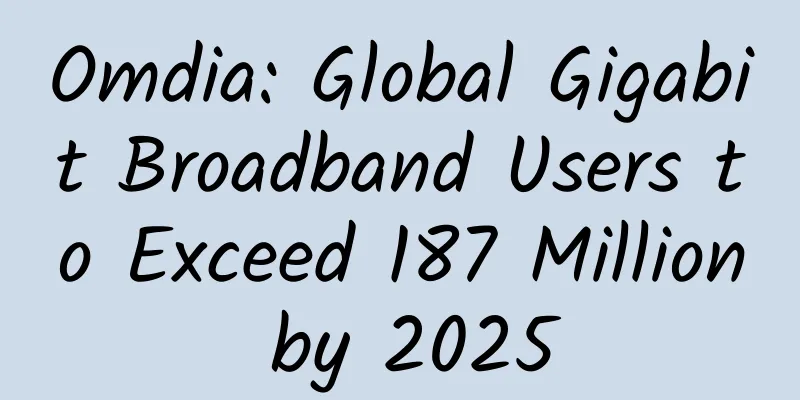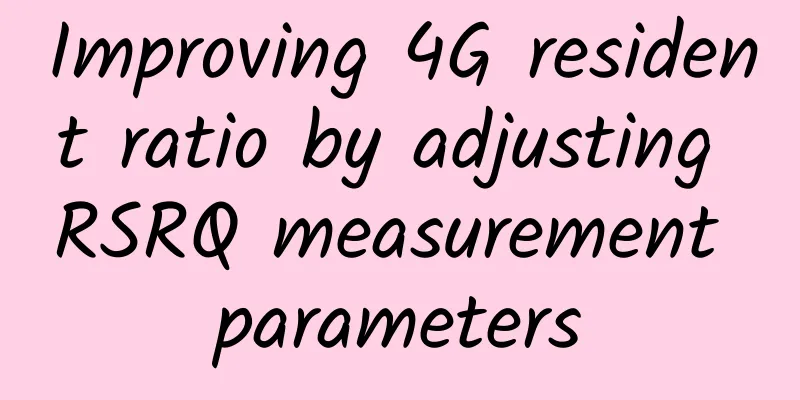Omdia: Global Gigabit Broadband Users to Exceed 187 Million by 2025

|
LightReading reports that the COVID-19 pandemic has created a higher demand for reliable broadband networks that can transmit data traffic in a stable manner and at extremely fast speeds. According to Omdia, all of this is driving the increasing adoption of broadband services with extremely high download speeds and extremely low latency. In a report titled "Trends to Watch in 2021: Gigabit Broadband," Omdia noted that gigabit services are now common, with more than 300 service providers in all major countries offering download speeds of at least 1Gbit/s. In addition, the number of operators capable of providing 10Gbit/s services grew from 29 in 2019 to 36 in 2020. As gigabit services become more mainstream, Omdia warns that quality of service becomes even more important, noting that reliable and stable connections are the criteria that consumers prioritize during the COVID-19 pandemic and beyond. "Many operators have recognized this and are now offering advanced QoE solutions, such as Smart Wi-Fi solutions, as part of their services." However, Omdia's chief broadband analyst, Alzbeta Fellenbaum, also said that although the use of broadband services has increased during the pandemic, consumer demand has not yet driven the development of gigabit services. "Instead, gigabit broadband is used by new entrants to disrupt the market and gain market share, or as a defensive product for existing suppliers to fend off competition." “While, to date, these operators’ influence has remained limited, they have created enough market disruption to force established market players to react. Omdia expects this trend to accelerate as these alternative players attract a variety of investment opportunities, such as private equity funds and other debt lenders,” Fellenbaum said. Fellenbaum also pointed out that full-fiber networks are increasingly becoming the preferred solution for operators. "Even operators that are partially focused on upgrading their legacy networks are gradually realizing the need for reliable, future-proof networks due to the COVID-19 pandemic, which will accelerate the deployment of fiber-to-the-premises (FTTP)." Looking ahead to 2025, Omdia points out that consumer broadband services with download speeds below 100 Mbit/s will gradually exit the market, and average download speeds in leading countries will exceed 500 Mbit/s. In addition, Omdia predicts that by 2025, there will be more than 187 million gigabit broadband users worldwide, accounting for 16% of all fixed broadband users. Most of these users will come from China, followed by the United States, South Korea and Japan. |
>>: Innovation is the key to 5G's "three good"
Recommend
Where does the power of high-performance 5G core network come from?
The core network is the brain of the entire commu...
What are some use cases for network automation?
As the networks run by enterprises become increa...
"Electricity and telecommunications cooperation" to build 5G is a new interpretation of "speeding up and reducing fees"
"It used to cost 100 yuan for one person to ...
What? 5G early packages are released
The future is coming, and 5G is expected to be an...
5G message white paper is about to be released, and traditional SMS will usher in a major change
With the advent of the 5G era, traditional SMS se...
Python Black Technology: WiFi Cracking, Has Your WiFi Been Hacked Again?
Today I bring you a fun thing to crack WiFi passw...
Why is your internet speed still so slow after using CDN? Here are 4 reasons!
CDN, or Content Delivery Network, is designed to ...
HostYun: Hong Kong high bandwidth VPS monthly payment starts from 18 yuan, South Korea VPS monthly payment starts from 16 yuan, Japan/Russia/Los Angeles Cera monthly payment starts from 19 yuan
Let me recommend HostYun, a long-established low-...
Cisco launches AI-based predictive services
[51CTO.com original article] Recently, Cisco anno...
AlphaVPS: €2.99/month-AMD Ryzen, 1G RAM, 15G NVMe hard drive, 1TB monthly bandwidth, Los Angeles/Bulgaria data center
AlphaVPS is a foreign hosting company founded in ...
2G/3G network withdrawal and user migration to 4G
Recently, Strategy Analytics analyzed the current...
2017: China's first robot firewall launched a powerful attack to break the curse of black production and enhance the security future of online business!
[[188847]] The rise of the digital economy has ma...
WeChat Pay received the most complaints, and Alipay had the highest satisfaction, but Jack Ma was not happy!
[[222946]] Activities surrounding "3.15"...
How is an excellent testing infrastructure created? eBay's Ru Bingsheng talks about the history of testing evolution
[51CTO.com original article] The Global Software ...
It’s time to show the real technology! See 5G+IoT=?
The Internet of Things is already booming, and it...









